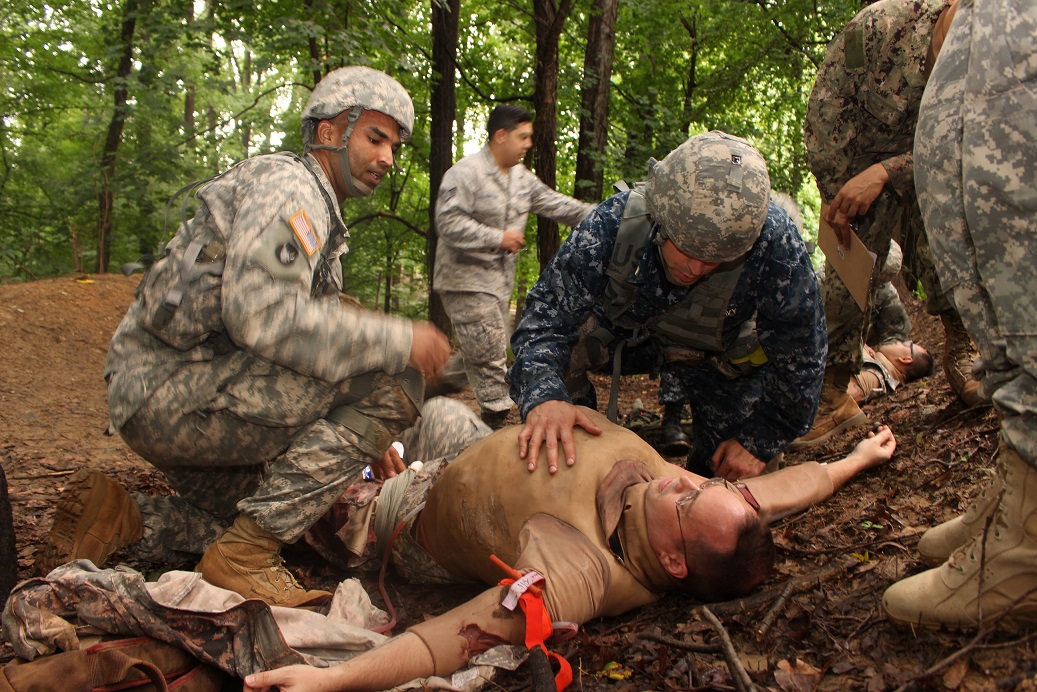
This post is also available in:
 עברית (Hebrew)
עברית (Hebrew)
Wearable technology promises to make significant changes to how soldiers report information. Today, units in the field must call in everything, filing verbal reports that by their very nature are limited. In the future, wearable tech could send reams of information to a higher headquarters, allowing leaders at upper echelons to notice something commanders in the field might miss. For example, if a commander noticed heightened temperatures or respiratory problems in a number of soldiers in a particular area, it might be an early sign of a chemical or biological attack.
New wearable technology promises to keep soldiers better-connected than ever, while also helping the US Army keep tabs on their health.
The Multi-Domain Operations wearable (MDO wearable) can quietly and unobtrusively monitor soldiers in the midst of battle, providing valuable medical data and other information in real time.
How does it work? Invented by NextFlex consortium, this wearable is a flexible electronics device that is light enough and small enough to be laminated into a regular shirt, or the current Army Combat Uniform. The device uses radio frequency communications to interface with wearable and embedded sensors that could collect information such as vital signs, soldier stress, heat/cold injuries, local environmental data, and signs of fatigue.
The device could also be used to collect and spread information about the battlefield itself. A gunshot sensor, for instance, could communicate back gunshot reports, and artificial intelligence could use reports from several soldiers to triangulate the source of enemy fire. It could also detect and classify battlefield blasts and explosions, sending the information upstream and alerting commanders even before soldiers make a verbal report.
Finally, the device itself could function as a sort of smart dog tag, automatically keeping track of and reporting a soldier’s health status, medical history, and ongoing conditions.
A unit with many soldiers’ wearable devices reporting high levels of stress might need to be relieved by another unit. Multiple reports of blasts and irregular vital signs from wearable devices could put medevac and medical units on instant alert to receive and treat mass casualties, according to popularmechanics.com.

























